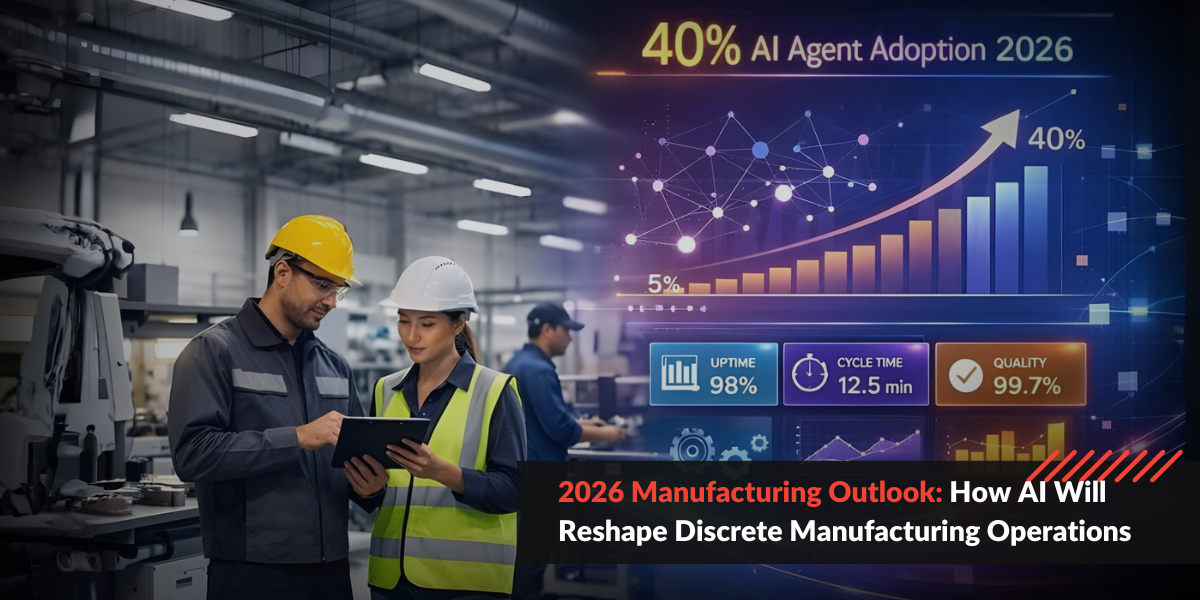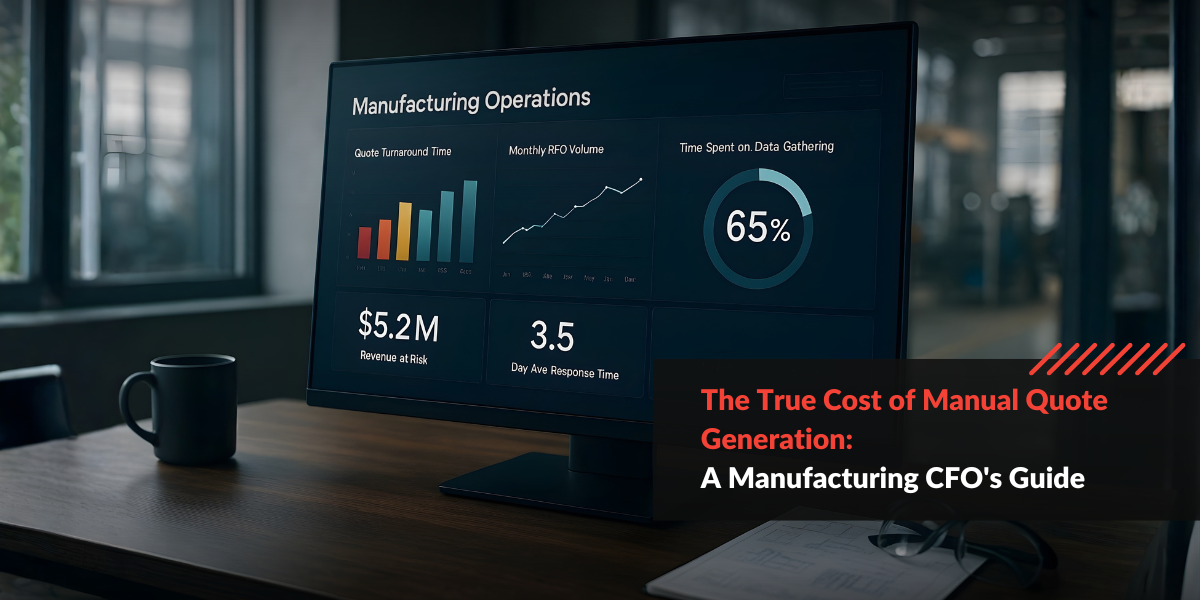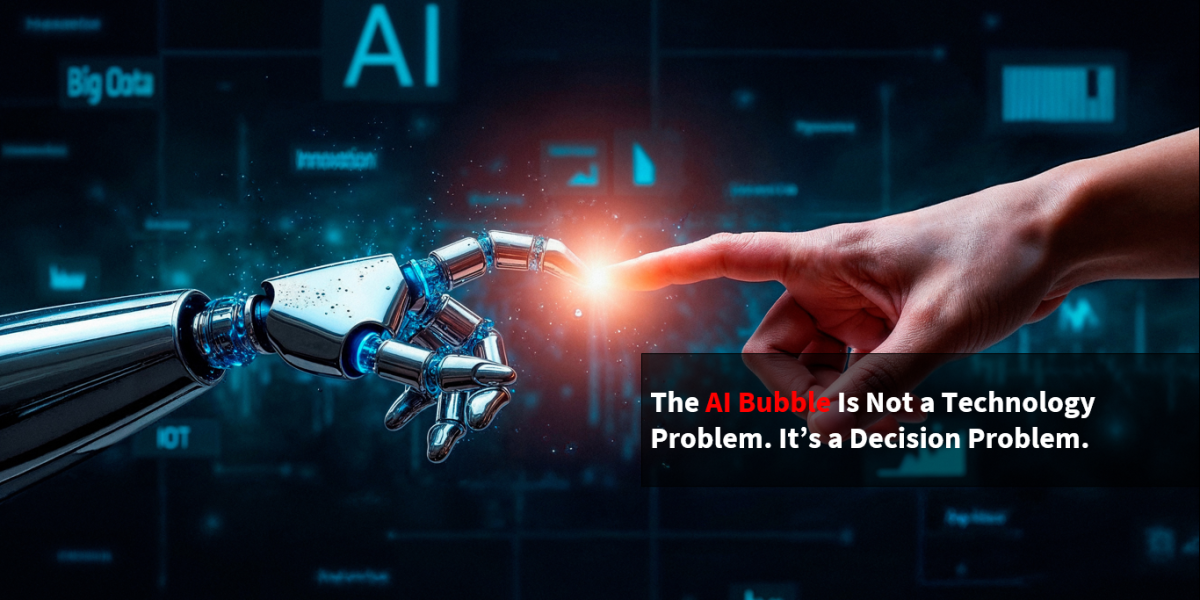Artificial Intelligence (AI) and Intelligent Process Automation (IPA) solutions are impacting a range of industries worldwide – from real estate, hospitality management and accounting to healthcare, logistics, and BFSI. IPA solutions leverage both AI and Robotic Process Automation (RPA) for powerful intelligent automation. When leveraged for end-to-end process automation, this is known as hyperautomation. AI solves the challenge of automating the processing of unstructured content (in any format) which has myriad use cases across industries. It also spans functions such as customer service, document understanding, form recognition & processing and so on. RPA can mimic human actions and connect workflows and legacy systems.
Birth of a New Operating Model
The previous generation of shared services was mainly focused on cost-effectiveness, offshoring operations in bulk to reduce cost through scale. And this model worked well for a few decades. However, today’s businesses want more than mere cost reduction – they seek on-demand, high-quality services with minimal risk. This is not a challenge that can be solved by adding more people to the equation.
Due to the massive pressure on shared service operations to deliver high value for increasingly complex tasks along with greater cost savings, AI/IPA solutions have massive scope for implementation as intelligent automation is standardized, predictable and scalable. This entails a shift in operating model where AI/IPA solutions take care of the grunt work which is primarily transactional while humans focus on the tactical, analytical tasks. AI/IPA solutions complement the human workforce allowing humans to use their intellect and creativity while intelligent automation takes care of repetitive processes. This transition is a paradigm shift that IPA is driving for enterprises across many industries. It essentially allows the automated function, department or process to operate more efficiently with scalability and accuracy while serving as an intelligent business partner to the enterprise.
Factors Driving Intelligent Automation
Aside from the impact on optimizing cost, there are other factors in play. Primarily shared services are taking on far more complex tasks. This has a significant impact on both the top line and the bottom line. Moreover, with widespread digital transformation, digitization and automation, there is pressure from customers and vendors who are pushing for greater value through shared services. Lastly, shared services are not just cost-effective beasts of burden – in today’s modern scenario, shared services are increasingly taking on the role of intelligent business partner. In lights of these factors, the stage is set for Intelligent Automation to be leveraged by shared services enterprises worldwide.
Intelligent automation provides:
- Cost reduction
- Scalability
- Standardization
- Risk mitigation
- Enhanced customer experience
Let’s consider a scenario where a customer approaches a shared services enterprise with a requirement for offshoring 1000 FTE jobs. However during transition, the shared service enterprise can offer intelligent automation along with transition. This ends up being a 200 FTE job with automation instead of the initial 1000 FTE requirement. This delivers tremendous savings and efficiency for the shared service enterprise which also benefits the customer. In some cases, almost all tasks can be automated with humans intervening in the 10% or 20% of instances that require human intervention.
Thanks to intelligent automation that standardizes processes, there is minimal risk. Intelligent chatbots with conversational abilities and self-service options at a touch also enhance end user experience. Thus a high-level of quality can be maintained, with the ability to scale on-demand while reducing the cost burden.
Democratized AI/IPA for Every Enterprise
The advent of end-to-end IPA solutions that are easy to implement and operate have eliminated the traditional barriers to technical innovation, essentially democratizing this innovative technology for enterprises of all sizes.
Some of the traditional shared services tasks that can be automated are:
- Intelligent chatbots, convenient self-service options and email responses instead of call centers for all queries.
- Image-based tools like Computer Vision and Optical Character Recognition (OCR).
- Sorting and verifying documents can be automated with AI/IPA for document understanding.
- Machine Learning (ML) drives improvements over time and Natural Language Processing (NLP) enables conversational service and plays a part in the ability to understand documents.
- RPA can take care of bulk data upload to backend databases.
Thus intelligent automation is imperative for organizations in the shared services space in order to ensure sustainable success and a competitive edge in an increasingly automated future.
You can also take a look at how Intelligent Automation is Saving the Day for Businesses Managing Remote Teams. This is a crucial capability while recovering from the aftermath of the COVID-19 pandemic and for continuing business operations in adverse circumstances.
Gain insights and inspiration from 7 Steps to Identify an AI Use Case and Pointers for Success on Your First AI Project.
If you’d like to explore opportunities where your business can benefit from IPA implementations for hyperautomation, the Rapid Acceleration Partners team would be glad to help. Our next-gen, AI-powered content intelligence platform RAPFlow enables full lifecycle AI orchestration on a single platform. When used in tandem with our RPA solution RAPBot, it provides end-to-end workflow automation capabilities that can be deployed in just weeks. You can even build your own use case and the platform can easily integrate with your existing systems. Book a demo to get a more detailed understanding of how our products can transform your business.




